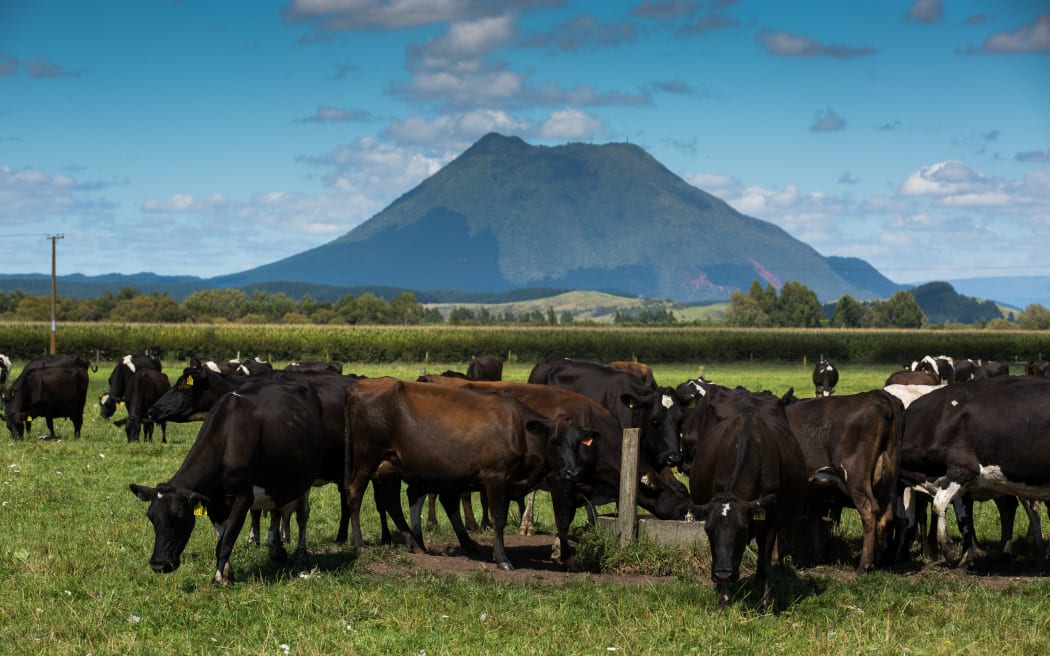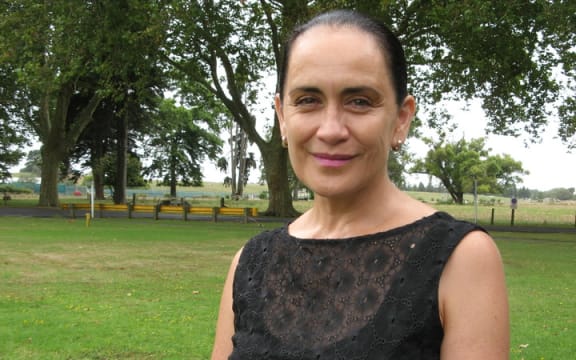
Māori agribusiness is booming, and new figures from Stats NZ show Māori farms are much larger than the average New Zealand farm, and they are running a lot more stock.
Data collected during last year’s Agricultural Production Census showed 16 percent of Māori farms were over 1000 hectares – compared to only 5 five percent of all New Zealand farms.
This was largely due to almost half of all Māori farms being owned and operated by Māori authorities, which managed collectively owned properties.
Māori farms had more stock on-farm compared to the average – with three times as many beef cattle, five times as many dairy cows and seven times as many sheep.
It was the first time the census had asked whether farms were Māori-owned – painting a new picture of tangata whenua agribusiness.

Ngāti Awa’s Ngakauroa Farm in Whakatāne. Photo: SUPPLIED
Federation of Māori Authorities chairperson Traci Houpapa said it put numbers, shape and form around the Māori agribusiness footprint.
Houpapa said ahuwhenua, or agriculture, had changed over the years – and was really thriving.
“Māori have always had a strong presence in red meat, dry stock, dairy as well. I think what we’re starting to see as a result of climate change also, markets moving into arable and starting to think more in a broader sense around horticulture,” Houpapa said.
“Kiwifruit’s always been very very strong, especially in the Bay [of Plenty] and across to the East Coast and Gisborne. So we’re starting to think more around avocado, different types of tree crops and orchard crops, and that spreads risk against market volatility and market access as we’ve seen over the last few years.”

Traci Houpapa. Photo: RNZ/Susan Murray
About half of all Māori farms were in the upper North Island – most commonly in kiwifruit in the Bay of Plenty, dairy farms in Waikato and beef cattle properties in Northland.
She said whenua mahi strengthened both the Māori and New Zealand economies.
“And we know as farmers and foresters and food growers, that the regional economy is largely based on land. It comes from our primary industries and primary sector, and so Māori will always be present in those areas and contributing to the wealth and wellbeing of our communities.
“They’re always heavily vested in the success of the rural and regional economies. And that’s going to bode well for Aotearoa.”
























